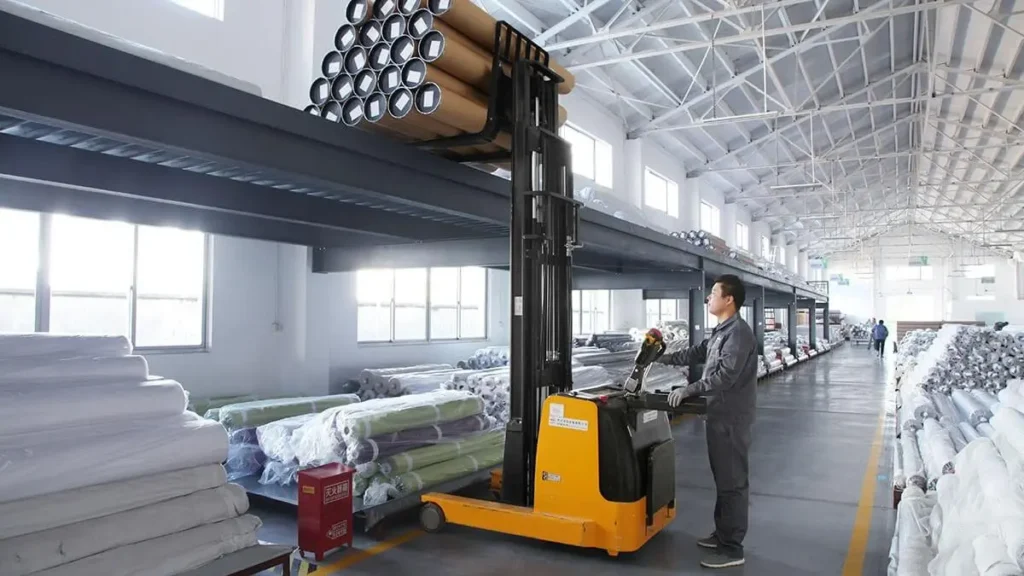Managing hundreds of windows in a large building is a huge task. Manual shades are a burden. I know project managers need smart, efficient solutions that add real value.
Smart bulk blinds offer centralized control, precise light management, and automated adjustments across many windows. This boosts comfort, saves energy, and simplifies building management, providing a modern experience for occupants.

I always look for ways to make projects not just functional but also smart and forward-thinking. For large commercial or residential developments, smart motorized shades are no longer just a luxury; they are a necessity for modern living and efficient operation.
What are the primary benefits of specifying smart motorized shades for bulk commercial orders?
Manually operating hundreds of shades daily is inefficient. Staff waste time, and inconsistent light control leads to occupant discomfort. This creates higher energy bills and a less desirable environment.
Specifying smart motorized shades for bulk commercial orders offers primary benefits such as enhanced user comfort, accessibility, increased energy savings, better privacy management, and streamlined building control through centralized automation.
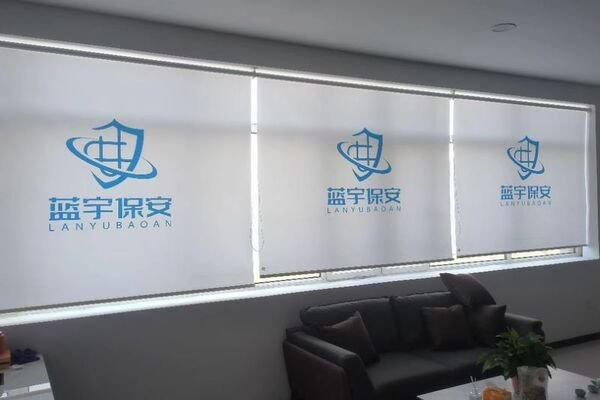
When I specify smart motorized shades for a large commercial project, I see many immediate and long-term benefits. First, there's the comfort factor. In an office building or a hotel, controlling natural light is very important. Too much glare can reduce productivity in offices. Smart shades can automatically adjust throughout the day to block direct sunlight while still allowing ample natural light. This makes the space more pleasant for everyone. Second, accessibility is key. Motorized shades are easy to operate, even for people with mobility challenges. Third, energy savings are huge. I can program shades to close during peak sun hours, reducing the need for air conditioning. They can also close in colder months to help insulate windows, cutting heating costs. Shadesmart offers roller, zebra, and cellular shades that are all designed for optimal light control and energy savings. This is a big selling point for clients looking to cut operational costs and meet sustainability goals.
How does Shadesmart ensure seamless integration and control for hundreds or thousands of motorized shades?
Coordinating countless shades can be a nightmare. Without a unified system, you face installation headaches, control issues, and a disjointed user experience across your building.
Shadesmart ensures seamless integration and control for large numbers of motorized shades by leveraging scalable systems, offering various communication protocols (like Z-Wave, Zigbee, Wi-Fi), and providing dedicated project management for customized solutions.
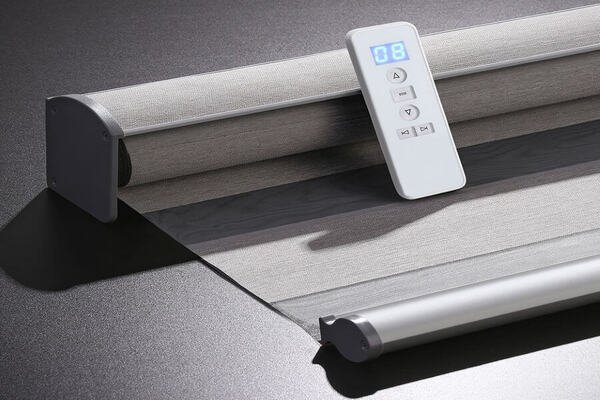
When I'm dealing with hundreds or thousands of shades, integration is my main concern. I need a system that works perfectly together and is easy to manage. Shadesmart excels at this. They offer scalable motorized shading systems, which means the system can grow with the project. They do not just sell shades; they provide a complete control solution. This involves choosing the right communication protocol. For example, some projects might benefit from wired solutions for maximum reliability, while others might prefer wireless protocols like Z-Wave or Zigbee for easier installation in existing buildings. Shadesmart helps me select the best option for each specific project's needs. They also make sure these shades talk to existing building management systems (BMS) or smart home platforms. This creates a single point of control for light management, HVAC, and security. What stands out is their dedicated project management. I have worked with them on projects requiring complex installations, and their team ensures everything is coordinated, from design to final setup. This guarantees a seamless experience for the end-users and simplifies my job significantly.
| Integration Aspect | Shadesmart's Approach | Benefits for Large Projects |
|---|---|---|
| Scalability | Modular systems designed for expansion | Adapts to growing projects, no need for system overhaul |
| Communication Protocols | Supports Z-Wave, Zigbee, Wi-Fi, wired options, and proprietary systems | Flexibility for diverse project requirements and existing infrastructure |
| Centralized Control | Integration with BMS, smart home platforms (Google Home, Amazon Alexa), dedicated apps | Single point of management, enhanced operational efficiency |
| Customization | Tailored solutions for specific project needs and architectural designs | Perfect fit, cohesive aesthetic, optimized performance |
| Project Management | Dedicated team from design to deployment and post-installation support | Streamlined process, reduced errors, on-time delivery |
What power options and communication protocols are best suited for large-scale smart shade installations?
Choosing the wrong power or communication method can cause big problems. You could end up with unreliable shades, difficult maintenance, or systems that do not talk to each other. This often leads to frustration and extra costs.
For large-scale smart shade installations, low-voltage wired power is best suited for new constructions for reliability, while battery-powered options are good for retrofits. Communication protocols like Z-Wave, Zigbee, or a wired BMS integration offer robust and scalable control.
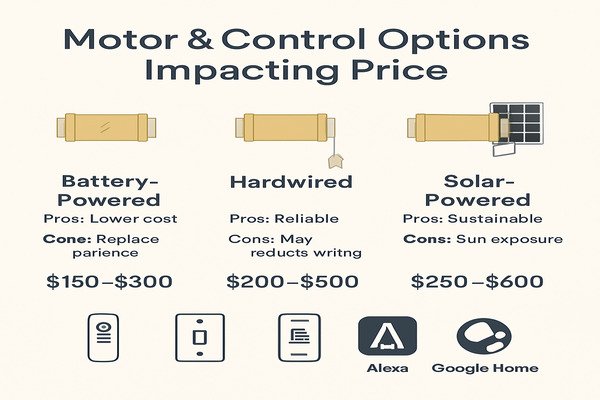
When I plan a large-scale smart shade installation, I carefully consider power and communication. The choice depends on the project type. For new constructions, I often lean towards low-voltage wired power. This ensures maximum reliability and means I do not have to worry about changing batteries in hundreds or thousands of shades. This is a huge benefit for long-term maintenance. For existing buildings or retrofits where running new wires is difficult, battery-powered shades are a good choice. Shadesmart offers durable, long-life battery options that minimize maintenance while offering the convenience of motorization. On the communication side, robust protocols are essential. Z-Wave and Zigbee are popular wireless options because they create a mesh network, which means signals can hop between shades. This extends the range and reliability across a large building. For critical commercial applications, direct integration with the Building Management System (BMS) via a wired connection or IP-based solutions provides the most robust and secure control. The right combination ensures that every shade responds reliably and quickly to commands, providing consistent performance across the entire development.
How can smart bulk blinds contribute to energy savings and operational efficiency in large buildings?
High energy bills and inefficient operations plague large buildings. Without smart solutions, keeping a consistent indoor climate is challenging. This adds to costs and hurts environmental goals.
Smart bulk blinds significantly contribute to energy savings by intelligently managing solar heat gain and loss, reducing HVAC loads. They enhance operational efficiency through automated scheduling, remote control, and integration with building management systems, optimizing resource use.
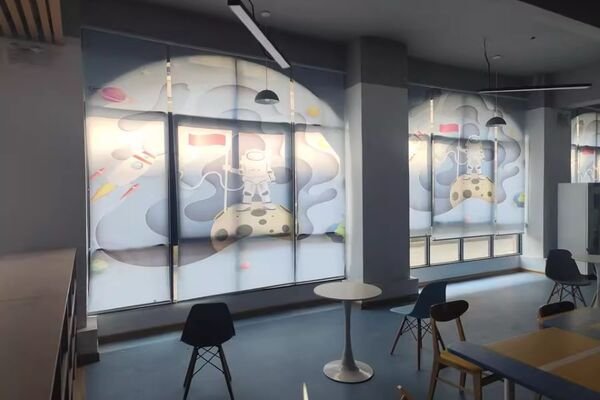
I always look for ways to make buildings smarter and more sustainable. Smart bulk blinds offer a huge advantage here. They directly impact energy consumption. For example, in a large office building, the sun can shine intensely on one side while another side is completely shaded. Smart blinds can automatically adjust to minimize solar heat gain. By blocking direct sunlight in summer, they reduce the workload on the air conditioning system, saving a lot of energy. In winter, they can close during the coldest parts of the day to help insulate the windows, reducing heating costs. Beyond just energy saving, smart blinds boost operational efficiency. I can set schedules for them to open and close at specific times, aligning with occupancy patterns. This means no more staff manually adjusting blinds in every room. Remote control allows facilities managers to override settings as needed, from a centralized location or even off-site. This data can also be integrated into the building management system, providing insights into energy usage and helping fine-tune strategies for even greater savings. Shadesmart's solutions are engineered for optimal light control and energy savings, directly contributing to LEED certification goals and a lower carbon footprint.
Conclusion
Smart bulk blinds offer a powerful solution for large projects, providing energy savings, enhanced comfort, and streamlined operations. Shadesmart specializes in scalable, integrated systems, ensuring high performance and efficient management for your commercial or residential development.
